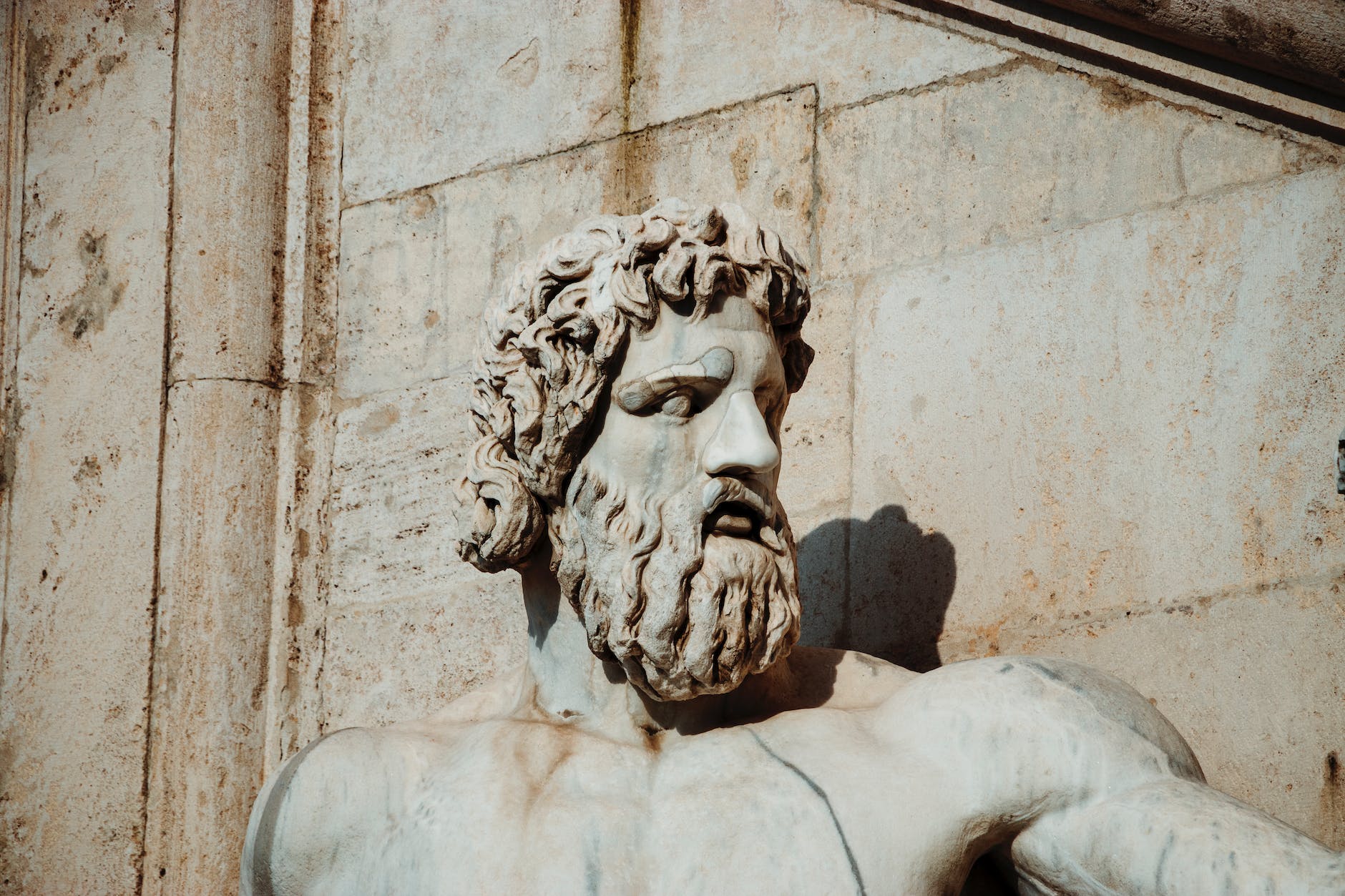The Psychedelic Renaissance is characterized by a revival of interest in the use of psychedelic substances and a resurgence of psychedelic art and culture. This contemporary movement is rooted in the counter-cultural movements of the 1960s, where psychedelic substances like LSD and Psilocybin played a major role in the development of art, music, and consciousness.
Psychedelic art has a long history that dates back to prehistoric times as symbols and images were used to depict experiences with sacred plants and rituals in ancient cultures. The Renaissance period, for instance, was a time of great artistic achievement and innovation. Today, we are experiencing a renaissance of sorts with the resurgence of psychedelic art and its influence on contemporary culture. The designs of this new wave of psychedelic art often reflect a vibrant, distorted reality inspired by the mind-altering properties of psychoactive substances.
The reasons for this revival are manifold. First, the recent scientific research into the potential therapeutic benefits of psychedelic substances has led to a greater acceptance and awareness of their potential uses in society. The legalization of psychedelics for medical purposes in several countries and states in America further reflects this growing acceptance. Several studies have found significant benefits from the use of psychedelics in the treatment of mental disorders, like depression, anxiety, and PTSD, which has contributed to a shift in public opinion.
This changing landscape has given artists more freedom to explore and experiment with these substances, leading to the reemergence of psychedelic art in visual, literary, and performance settings. It is not uncommon now to find galleries and spaces dedicated to showcasing the work of artists who explore the realms of psychedelic experiences and altered perception. Online platforms, like social media and digital art stores, have also allowed these artists to reach a global audience faster.
Second, the influence of electronic dance music (EDM) and festival culture has contributed to the proliferation of psychedelic art. Psychedelic experiences are often associated with feelings of unity, interconnectedness, and spiritual transcendence, which are perpetuated by the EDM culture, popular music festivals, and events like Burning Man. These gatherings serve as a space for self-expression and exploration, with psychedelic visuals often being an integral part of the environment. Colorful installations and exhibitions that inspired by psychedelic art can be found at these festivals, serving as a critical outlet for the movement’s expansion.
Third, the increasing popularity of visionary artists like Alex Grey, Allyson Grey, Android Jones, and Amanda Sage has also played a part in this resurgence. Their work, which often focuses on transcendent themes and symbols, has gained widespread recognition and has inspired a new generation of artists to explore the world of psychedelic art. These prominent figures have facilitated the revival through their workshops, galleries, and collaborations with musicians and event organizers.
The impact of this revival can be seen in today’s popular culture through various forms of artistic expression. Street art, for example, often incorporates vibrant, colorful psychedelic motifs, and designs that have become a crucial part of the urban visual landscape. Furthermore, major fashion brands and designers have also embraced the psychedelic aesthetic, incorporating colorful patterns, prints, and textures into their collections.
In the entertainment industry, movies and television series like “Midsommar,” “The Midnight Gospel,” and “Doctor Strange” have utilized psychedelic themes and visuals to create fantastical, mind-bending stories that challenge our perception of reality and self. Another example is the rise in popularity of immersive and interactive art installations that invite participants to explore the boundaries between digital and physical space, using technology to create sensory and mind-altering experiences.
In conclusion, The Psychedelic Renaissance represents a unique convergence of art, culture, and science. The combination of factors, such as the shift in public opinion about psychedelics, the impact of festival culture, and the growing popularity of visionary artists, has led to a resurgence in psychedelic art and its influence on contemporary culture. This renaissance is a testament to the enduring power of psychedelic experiences and their ability to inspire artistic creativity and self-discovery. As this movement continues to evolve, it will be interesting to see how it shapes and redefines the artistic landscape for generations to come.





